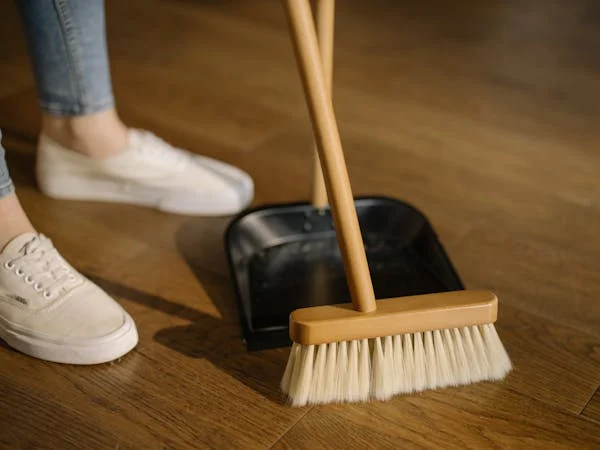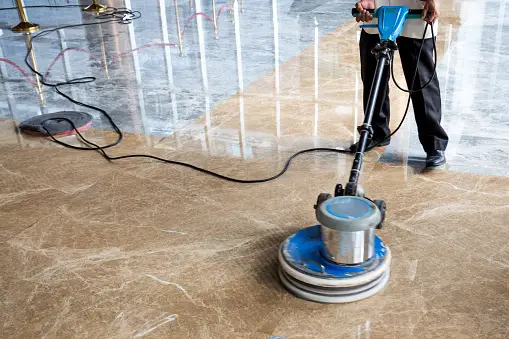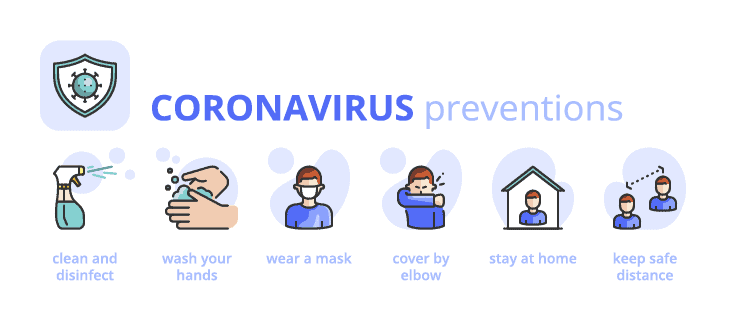
The Impact of Cleanliness on Customer Satisfaction in Commercial Settings
Date Posted:
March 7, 2024
In today’s competitive business landscape, maintaining a clean and hygienic environment is paramount for success. Cleanliness not only contributes to the overall aesthetics of a commercial space but also plays a crucial role in shaping customer satisfaction. From restaurants and retail stores to offices and hotels, businesses across various industries recognize the significant impact of cleanliness on their bottom line.
Introduction
Cleanliness is often underestimated in its importance, but its impact on customer satisfaction cannot be overstated. When customers enter a commercial establishment, they expect a clean and well-maintained environment. Whether it’s a restaurant, a retail store, or an office space, cleanliness sets the tone for the customer experience.
The Perception of Cleanliness
Customers form opinions about a business based on its cleanliness. A clean environment not only enhances the overall impression but also influences purchasing decisions. Research has shown that customers are more likely to return to a clean establishment and recommend it to others.
Cleanliness and Brand Image
The cleanliness of a commercial space directly reflects on its brand image. A clean and well-kept environment conveys professionalism and attention to detail, leading to a positive brand reputation. On the other hand, a dirty or unkempt space can tarnish a brand’s image and drive customers away.
Health and Safety
Cleanliness is closely linked to health and safety in commercial settings. Maintaining a clean environment reduces the risk of accidents and injuries, ensuring the well-being of both customers and employees. Additionally, proper sanitation practices help prevent the spread of germs and illnesses, fostering a healthier workplace.
Employee Morale
The cleanliness of a workplace also impacts employee morale and productivity. Employees are more likely to feel valued and motivated in a clean and organized environment. Conversely, a dirty or cluttered workspace can lead to stress and decreased productivity.
Customer Experience
Cleanliness is an integral part of the overall customer experience. Customers expect a clean environment when they visit a business, and any lapse in cleanliness can negatively impact their perception. Factors such as cleanliness of restrooms, dining areas, and product displays contribute to the overall customer experience.
Case Studies
Numerous case studies have demonstrated the positive correlation between cleanliness and customer satisfaction. Businesses that prioritize cleanliness have reported higher levels of customer retention and increased profitability. For example, a study conducted in restaurants found that customers were more likely to return to establishments with clean restrooms.
Best Practices
To maintain cleanliness in commercial settings, businesses should implement effective cleaning protocols. This includes regular cleaning schedules, proper training for cleaning staff, and the use of high-quality cleaning products. Additionally, businesses can involve employees in cleanliness initiatives to create a culture of cleanliness.
Measuring Cleanliness
Measuring cleanliness is essential for maintaining high standards of cleanliness. Businesses can use metrics such as cleanliness scores, customer feedback, and inspection reports to evaluate cleanliness levels. Advanced technologies such as UV light detection systems can also be used to identify areas that require additional cleaning.
Challenges and Solutions
Despite the importance of cleanliness, businesses often face challenges in maintaining cleanliness consistently. Common obstacles include high foot traffic, limited resources, and employee turnover. However, businesses can overcome these challenges by implementing robust cleaning procedures, investing in training, and leveraging technology solutions.
Technology and Innovation
Technology plays a significant role in improving cleanliness in commercial settings. Innovations such as touchless fixtures, antimicrobial surfaces, and automated cleaning systems help businesses achieve higher levels of cleanliness with greater efficiency. Additionally, advancements in cleaning products and equipment contribute to better sanitation practices.
Environmental Impact
While cleanliness is essential, businesses must also consider its environmental impact. Eco-friendly cleaning practices minimize the use of harmful chemicals and reduce waste, aligning with sustainability goals. By adopting green cleaning practices, businesses can promote environmental stewardship while maintaining high cleanliness standards.
Regulatory Compliance
Maintaining cleanliness in commercial settings is not only a matter of customer satisfaction but also a legal requirement. Businesses must adhere to health and safety regulations set forth by local authorities and industry standards. Non-compliance can result in fines, penalties, and damage to reputation.
Continuous Improvement
Achieving and maintaining cleanliness requires continuous monitoring and improvement. Businesses must regularly assess cleanliness levels, gather feedback from customers and employees, and make adjustments as needed. By staying proactive and responsive to evolving needs, businesses can ensure a clean and inviting environment for their customers.
Conclusion
In conclusion, cleanliness plays a vital role in shaping customer satisfaction in commercial settings. From enhancing brand image to promoting health and safety, cleanliness contributes to overall business success. By prioritizing cleanliness and implementing best practices, businesses can create a positive and memorable experience for their customers.
FAQs
Why is cleanliness important in commercial settings? Cleanliness is important in commercial settings because it contributes to a positive customer experience, enhances brand image, and promotes health and safety.
How does cleanliness impact customer satisfaction? Cleanliness influences customer satisfaction by shaping perceptions of a business and influencing purchasing decisions. A clean environment enhances the overall customer experience and encourages repeat business.
What are some best practices for maintaining cleanliness in commercial settings? Best practices for maintaining cleanliness include implementing regular cleaning schedules, providing proper training for cleaning staff, using high-quality cleaning products, and involving employees in cleanliness initiatives.
What role does technology play in improving cleanliness? Technology plays a significant role in improving cleanliness by introducing innovations such as touchless fixtures, antimicrobial surfaces, and automated cleaning systems. These technologies help businesses achieve higher levelsof cleanliness with greater efficiency.
How can businesses measure cleanliness levels? Businesses can measure cleanliness levels using metrics such as cleanliness scores, customer feedback, inspection reports, and advanced technologies such as UV light detection systems.
To get started, request a quote here.







